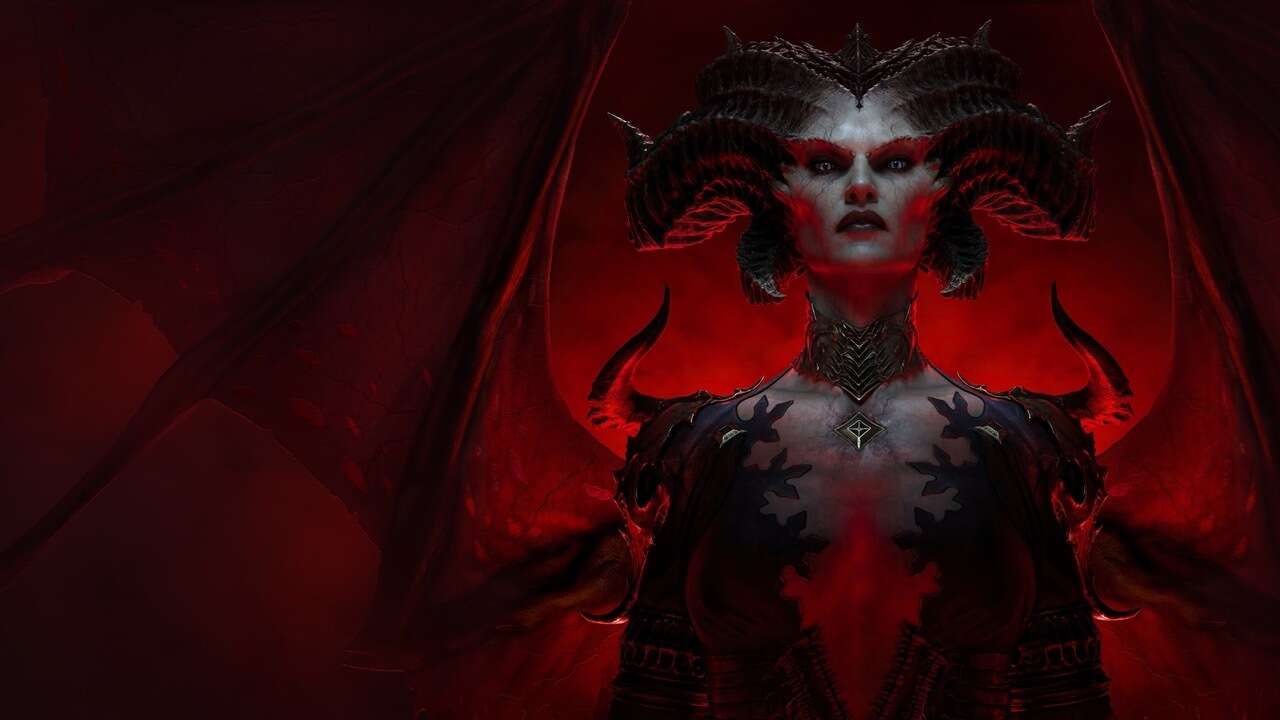Completing Diablo 4’s main campaign is only half the battle. After you roll the credits, a whole new world of hellish mobs and awesome loot opens up. Completing the campaign gives you repeatable activities, difficult dungeons, and better loot. Here’s an overview of everything you can do in Diablo 4 once you’ve beaten the campaign.
Capstone Dungeons and Higher World Tiers
One of the first things to do after rolling your credits is to complete the first Capstone Dungeon and unlock World Tier 3, which covers character levels 50-70. Some endgames, such as Helltides and Nightmare Sigils, are only available at World Tier 3 and above. Once you have completed all Campaign Acts and reached Level 50, you will be able to challenge the first Capstone Dungeon, the Cathedral of Light Dungeon. This dungeon is much more difficult than the previous dungeons in the game and must be completed at World Tier 2.
Once you reach level 70, you’ll be able to tackle the second Capstone dungeon, Fallen Temple, but it must be done at world tier 3 and is very difficult.
paragon board
Once you reach level 50, you no longer earn skill points to level up. Instead, you will earn multiple Paragon Points per level and be able to choose your spot on the Paragon Board. Each spot on the Paragon board offers some kind of bonus, from small stat boosts to massive build-changing passive bonuses. The Paragon Board also has spots for glyphs that drop randomly in endgame activities. These glyphs give a wide range of bonuses and can be upgraded by completing Nightmare dungeons.
nightmare dungeon
The Nightmare Dungeon is a special and difficult version of the regular dungeons found in the world of Diablo 4. These dungeons have special modifications that usually allow a limited number of deaths within the dungeon before failing. To play the Nightmare Dungeon, you need to find the Nightmare Sigil. Activating this turns a random dungeon (usually specified in the Sigil description) into a Nightmare dungeon. Nightmare Sigils will start dropping at World Tier 3.
Dire favors and whispers of the dead
One of the main overworld activities you’ll be taking part in in Diablo 4’s endgame is Grim Favors and Whispers of the Dead. Grim Favors are limited-time activities that appear in various regions on the map. This can range from killing enemies in the open world to completing public events and even completing dungeons. Each activity awards 1, 3, or 5 points. Once you reach 10 points, you can return to the Tree of Whispers, where you can choose from 3 caches of loot, usually focused on a specific type of gear. This is his one of the best ways to consistently get loot and gain XP without risking losing your efforts so far. The same cannot be said for his two other endgame activities.
tide of hell
Hell Tides come from World Tier 3 and temporarily turn certain sections of the map into Hell. This area is marked by that section of the map turning red and being filled with demons and other powerful enemies. Enemies will drop his Aberrant Cinders while in Helltide. Aberrant Cinders are currency that can be used to open treasure chests scattered throughout Helltide. The exact cost of each chest depends on the type of item it gives, but is usually between 75 and 125. There are two dangers here for him. When you die, you lose a good chunk of your anomalous cinders, and they all disappear when the tide of hell ends.
Field of Hate PvP
For players looking to prove themselves, the Field of Hatred is usually located in the southeastern part of the map. Random players can be found within the Fields of Hatred, along with a large number of regular enemies. In these areas both regular enemies and other players will drop his Seeds of Hatred, his PvP currency. Once you’ve collected a decent amount of Hate Seeds, you’ll need to reach the Altar of Extraction to convert them to Red Dust. While the currency is in the form of Hate Seeds, all seeds drop when killed and disappear when leaving the PvP zone. Red Dust has been moved to the currency portion of your inventory, once converted it cannot be lost and can be used by PvP vendors.
world boss
Another form of public event comes in the form of world bosses like Ashaba. World Bosses are giant enemies meant to be fought by a large number of players at once. These enemies spawn at specific times set by Blizzard. His 30 minutes before the start of the battle will be indicated by an icon on the world map and a timer. These massive battles yield great loot, but are nearly impossible to defeat alone, so check to see if other players are challenging bosses when they become available. is needed.
For more Diablo 4 guides, including class building and collectible locations, visit GameSpot’s Diablo 4 Guides Hub.
The products described here have been independently selected by the editors. GameSpot may receive a portion of the proceeds from purchases featured on our site.

